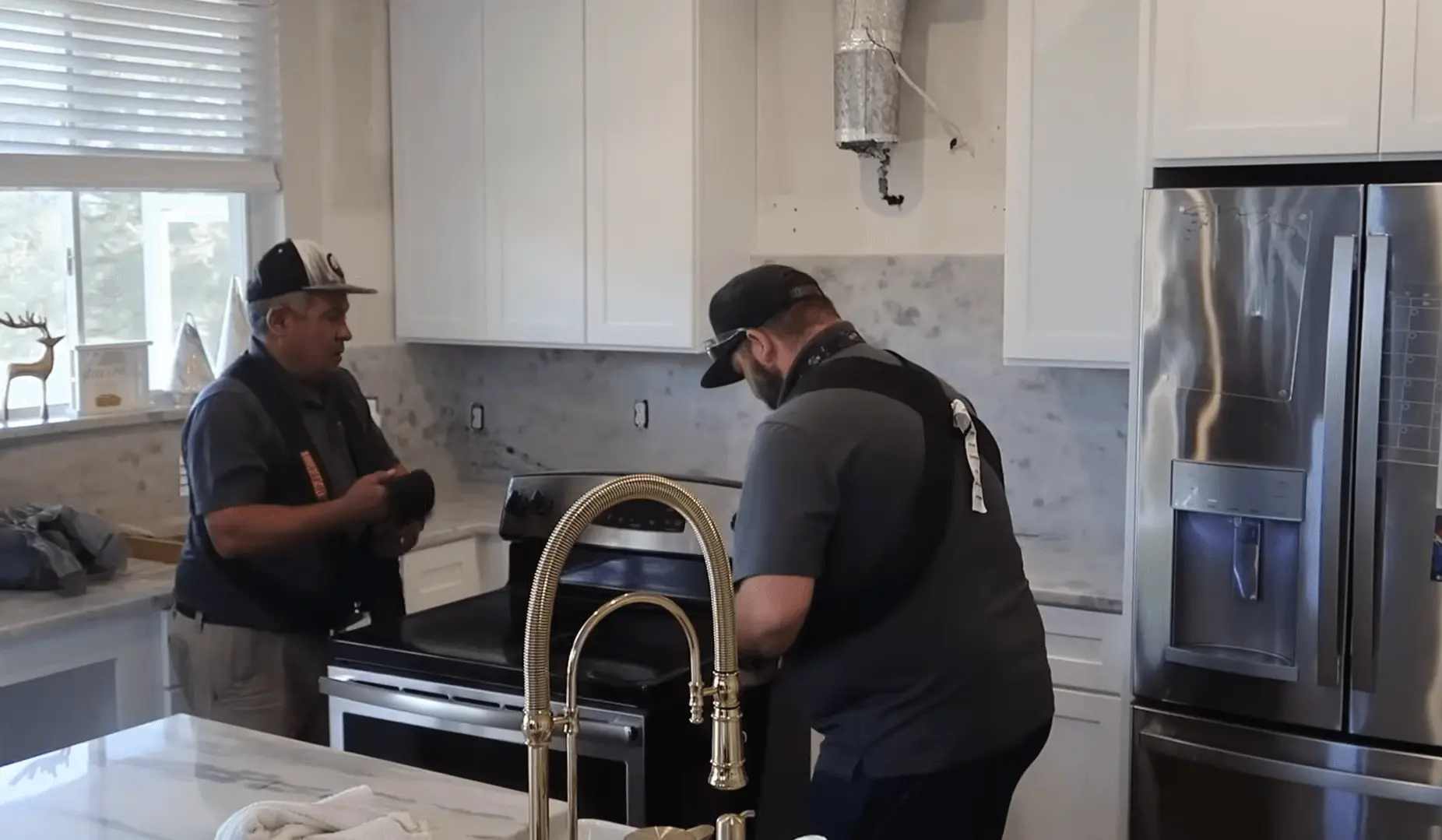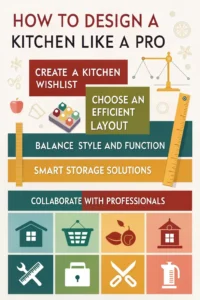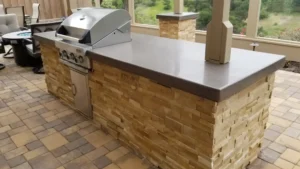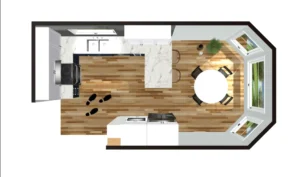Kitchen remodels can strain your wallet. Many homeowners want to remodel a kitchen but worry about the high costs. How to remodel a kitchen on a budget is a common question. The average kitchen makeover can cost over $20,000, which is out of reach for many families.
A budget-friendly kitchen remodel is possible. You can update your kitchen for under $7,000 with smart choices and some DIY work. This article will show you cost-effective ways to refresh your kitchen without breaking the bank.
We’ll cover affordable materials, DIY techniques, and money-saving tips for your kitchen renovation. Get ready to transform your kitchen without emptying your savings account during your home improvement project.
Key Takeaways
- Keep your kitchen’s current layout to avoid costly plumbing and electrical changes, saving money while still updating the look.
- Choose budget-friendly materials like floating floors, laminate countertops, and ready-to-assemble cabinets to reduce costs.
- DIY projects such as repainting cabinets and installing a backsplash can save on labor expenses and refresh your kitchen’s appearance.
- A budget-friendly kitchen remodel can cost under $7,000, compared to the average makeover cost of over $20,000.
- Small changes like updating hardware and choosing two-tone cabinet colors can make a big impact without breaking the bank.
Key Strategies for an Affordable Kitchen Makeover
Remodeling your kitchen doesn’t have to break the bank. Smart planning and clever choices can help you create a fresh look without spending a fortune.
Maintain the Existing Layout
Keeping your kitchen’s current layout is a smart move for budget-friendly remodeling. This approach saves money by avoiding costly changes to plumbing and electrical systems. You can still make big improvements to your kitchen’s look and feel without moving major fixtures.
A well-planned kitchen layout is the foundation of a successful remodel.
Updating cabinets, countertops, and appliances within the existing layout can transform your space. This method allows you to focus on aesthetic upgrades while maintaining efficient workflow.
It’s a practical way to get a fresh kitchen without breaking the bank.
Opt for Cost-Effective Materials
Choosing cost-effective materials can greatly reduce your kitchen remodel expenses. Floating floors offer a budget-friendly alternative to traditional hardwood, providing durability and easy installation.
Laminate countertops mimic the look of pricier options like granite or quartz at a fraction of the cost. Ready-to-assemble (RTA) cabinets present another smart choice, offering quality and style without breaking the bank.
Mid-range cabinetry strikes a balance between quality and affordability. High-quality stock or semi-custom cabinets provide reasonable pricing while maintaining durability. For countertops, laminate materials offer a wide range of designs and colors, making them a practical choice for budget-conscious homeowners.
These options allow you to achieve a fresh, modern look in your kitchen without overspending.
DIY Techniques to Reduce Remodeling Costs
DIY techniques can slash your kitchen remodel costs. You can save money by doing some tasks yourself, like painting cabinets or installing a backsplash.
Repaint Cabinets to Update Their Look
Repainting cabinets offers a budget-friendly way to refresh your kitchen’s look. This DIY project can save you money on labor costs while giving your space a new feel.
- Choose the right paint: Select a high-quality, durable paint made for cabinets. This ensures a long-lasting finish that can stand up to daily use.
- Prep the surface: Clean cabinets with a degreaser and sand them lightly. This helps the new paint stick better and creates a smooth finish.
- Remove hardware: Take off all knobs, handles, and hinges before painting. This makes the job easier and prevents paint from getting on the hardware.
- Use a primer: Apply a coat of primer to help the paint adhere and cover any dark colors or stains. This step is key for a pro-looking result.
- Paint in thin layers: Apply several thin coats of paint rather than one thick coat. This prevents drips and ensures even coverage.
- Allow proper drying time: Let each coat dry fully before adding the next. This patience pays off with a smoother, more durable finish.
- Add new hardware: Once the paint is dry, install new knobs and handles. This small change can make a big impact on the overall look.
- Consider two-tone cabinets: Paint upper and lower cabinets different colors for a trendy, custom look. This adds visual interest without extra cost.
Handle Backsplash Installation Yourself
Installing a backsplash can give your kitchen a fresh look without breaking the bank. DIY backsplash installation is a smart way to save money on your kitchen renovation.
- Choose your backsplash material: Ceramic tile, mosaic tile, laminate, and wallpaper are popular options. Pick one that fits your style and budget.
- Gather supplies: You’ll need tile adhesive, grout, a trowel, tile spacers, and a wet saw to cut tiles if needed.
- Prep the wall: Clean the wall surface and make sure it’s smooth. Fill any holes or cracks.
- Plan your layout: Measure the area and plan how to place the tiles. Start in the center and work outwards.
- Apply adhesive: Spread a thin layer of adhesive on the wall with a trowel. Work in small sections to make your kitchen remodel on a budget easier.
- Place tiles: Press tiles firmly into the adhesive. Use spacers to keep gaps even in your DIY kitchen remodel.
- Let adhesive dry: Wait 24 hours for the adhesive to set fully before grouting your tile backsplash.
- Apply grout: Spread grout over the tiles with a rubber float. Wipe off excess with a damp sponge.
- Clean and seal: Once dry, clean the tiles and apply sealer if needed.
This DIY project takes about 2-3 days to finish. It costs much less than hiring a pro, which runs about $10 per square foot on average.
Conclusion
Remodeling your kitchen on a budget is achievable. With smart planning and DIY skills, you can create a fresh, modern space without overspending. Focus on key changes like repainting cabinets and updating hardware for big impact at low cost.
Small tweaks often yield impressive results. Your ideal kitchen is within reach – start your cost-effective makeover today!
FAQs
1. What are some low-cost ways to update my kitchen?
You can refresh your kitchen on a budget by painting cabinets, changing hardware, updating lighting, or adding a new backsplash. These small changes can make a big impact without breaking the bank.
2. How much does an average kitchen remodel cost?
The average kitchen remodel cost varies widely, depending on the size of your space and the scope of work. A basic DIY kitchen update might cost a few thousand dollars, while a high-end renovation could run into tens of thousands.
3. Can I remodel my kitchen myself to save money?
Yes, many aspects of a kitchen remodel are DIY-friendly. Painting, installing new hardware, and even some flooring options can be done by homeowners. However, leave electrical and plumbing work to professionals for safety reasons.
4. What are some budget-friendly materials for kitchen countertops?
Laminate, butcher block, and tile are less expensive materials for kitchen countertops. They offer durability and style at a fraction of the cost of high-end options like granite or quartz.
5. How can I update my kitchen cabinets without replacing them?
You can update kitchen cabinets by refacing them, which involves applying new veneer to the cabinet boxes and replacing the doors and drawer fronts. Another option is to paint the cabinets for a fresh, modern look.
6. What should I prioritize in a budget kitchen remodel?
Focus on improvements that offer the most value. Updating appliances can improve functionality, while new paint or cabinet hardware can dramatically change the look of your space. Prioritize based on your needs and budget constraints.
